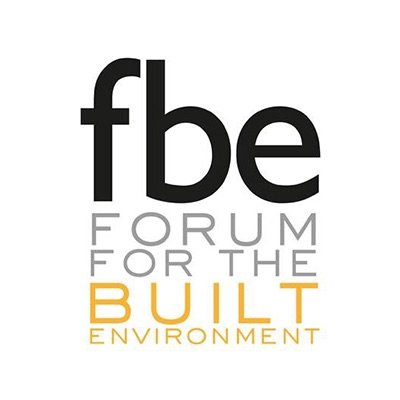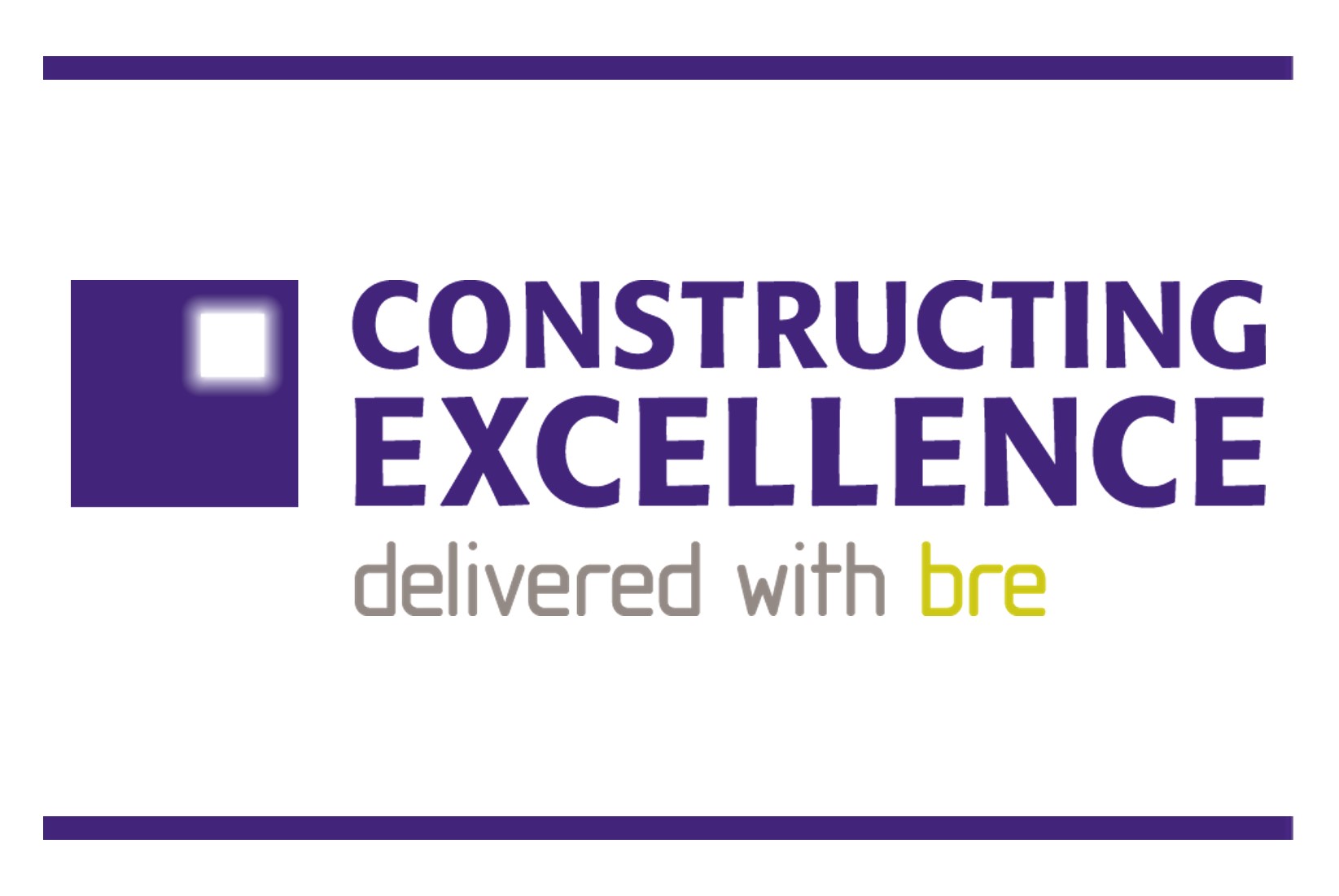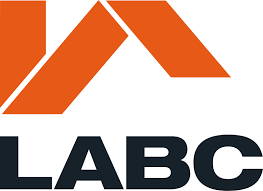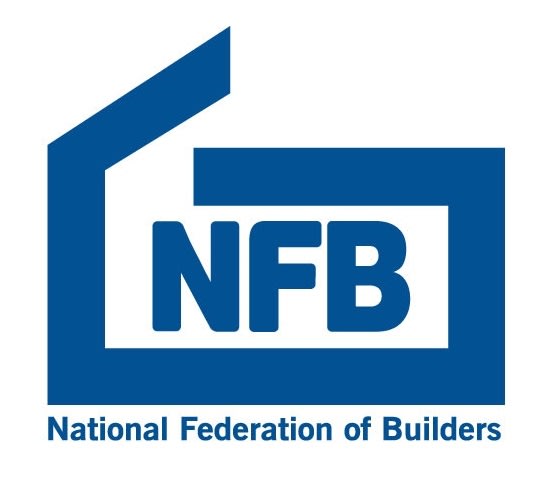Grenfell Tower report: The lessons forever in our minds?
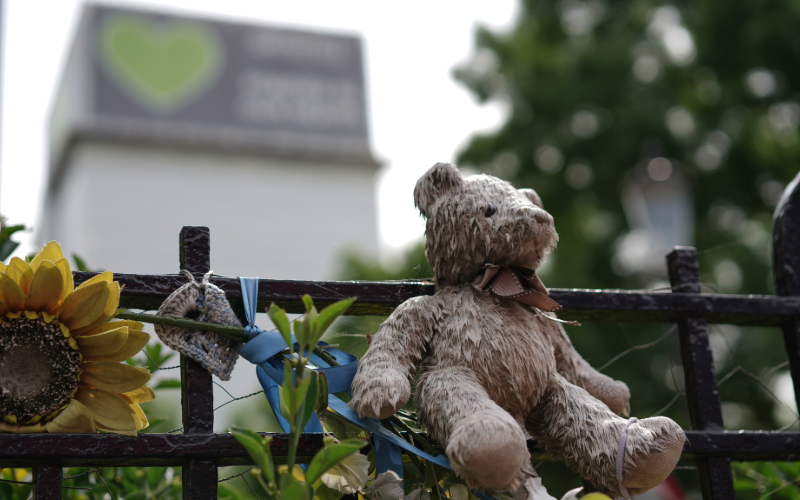
The publication of the second and final report into the fire at Grenfell Tower had to be the subject of Martyn Jones’ thought for this month and asking if will we take the insights on board provided by Sir Martin Moore-Bicks searing 1, 694-page report and change? Or as in the case of many previous reports, we read it, feel aghast and then conveniently consign it to the back of our minds?
There are no real surprises in the report, with little that we didn’t already know. Systemic failure from government by undermining regulation and reducing “red tape”; the systematic dishonesty of component and material manufacturers; years of missed opportunities to prevent the disaster by local and central government; the incompetence on display and some cases of downright dishonesty, and blatant corporate greed. All suggesting a moral vacuum at the heart of the long stream of events leading up to the tragedy.
Statements made by two of the Inquiry Panel Members at the launch of the report on the 4th September were particularly insightful and set out some fundamental lessons for us.
First, Thouria Istephan, who spent nearly 30 years as an architect before joining the Grenfell inquiry in 2020, said at the launch of the report, “Our recommendations place new burdens and responsibilities on people and organisations”. She went on, “I make no apologies for that: Put simply, if you work in the construction industry and you do not feel the weight of the responsibility you have for keeping people safe – you are in the wrong job”.
And then, Ali Akbor OBE, who also joined the Inquiry as a Panel Member in 2020, said: “I hope our report acts as a reminder to the clients of future building projects – including social housing providers – that they have a responsibility to the users of their buildings to ensure safety is not sacrificed to the demands of speed and cost”.
Our journey to keeping our building users safer has of course already started with the passing of the Building Safety Act (BSA) and the setting up of the Building Safety Regulator (BSR) to regulate (HRBs), raise the safety standards of all buildings, and help construction professionals improve their competence.
The BSR is now the Building Control Authority for all higher-risk buildings to strengthen regulatory oversight with building work on HRBs having to pass through a rigorous review process consisting of three gateways.
How is it going?
Well, the BSR is finding it challenging to deal with the number of submissions and there are significant delays to projects as gateway application approvals cannot move to the next stage without passing the previous gateway. Clearly the BSR needs significantly more resource to deal with the volume of applications, especially given the government’s ambitious plans for more building.
There appears to be some inconsistencies too in the delays, with some applications reported as taking months while some being approved more quickly than others. This is a problem as it adds additional uncertainty to construction projects.
The BSR counter this by saying delays in part are down to a significant number of applications not being completed properly with applicants failing to follow their guidance. Dame Judith Hackitt, admits there are capacity issues at the BSR, but maintains that much of the delay is down to poor applications.
She says the BSR has been “surprised by some of the things that they’ve seen, some of the things they’ve been asked to do, and quite frankly, the absolutely appalling quality of some of the applications that they’ve received, which is taking them [the BSR] far longer [to process] than they thought it would”.
Figures from the Health and Safety Executive (HSE) show that of the 808 applications received, as of the middle of September, 40% were invalidated or rejected “as they were either incomplete or failed to demonstrate full compliance with building regulations”.
No wonder the BSR is asking those making submissions to ensure they read and follow the guidance already issued, and to take professional advice where necessary to ensure their applications are of sufficient quality. Clearly two of the objectives of the BSR: to raise the safety standards of all buildings, and help construction professionals improve their competence clearly remain work in progress.
But ensuring safety is not just about regulation. It’s about having a different culture and a set of behaviours, with greater emphasis on thoughtfulness, meticulousness, and working collaboratively within a well-defined process.
Istephan and Akbor’s comments at the launch of the Grenfell report suggest we don’t always place people, and particularly the safety and wellbeing of the end users of our buildings, at the heart of the design and construction process. This despite buildings being built for people.
And here’s another thing, have we lost focus on our real purpose? Yes, of course, we need a profitable industry but have we paid enough attention to doing the right thing first time? Have we sacrificed safety to the demands of speed and cost? Do we spend enough time defining and explaining the purpose behind our decisions, pushing for excellence, and raising the bar?
Then there’s procurement. Selecting the people to work with who are most likely to deliver on the purpose, setting up an operating system where everyone understands how they fit into the bigger
picture, and nurturing a strong sense of belonging and integrity and a shared purpose in doing the right thing.






